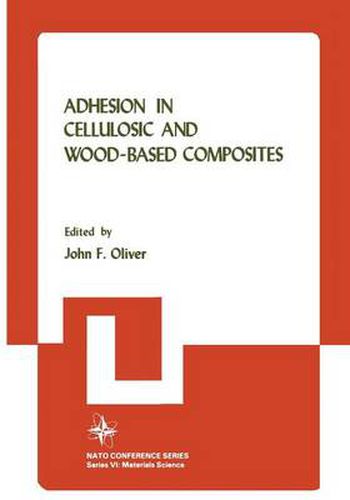Readings Newsletter
Become a Readings Member to make your shopping experience even easier.
Sign in or sign up for free!
You’re not far away from qualifying for FREE standard shipping within Australia
You’ve qualified for FREE standard shipping within Australia
The cart is loading…






This title is printed to order. This book may have been self-published. If so, we cannot guarantee the quality of the content. In the main most books will have gone through the editing process however some may not. We therefore suggest that you be aware of this before ordering this book. If in doubt check either the author or publisher’s details as we are unable to accept any returns unless they are faulty. Please contact us if you have any questions.
Cellulose is a versatile and renewable natural resource which has attracted increasing attention in the last decade, expecially after the energy crisis of 1973. Apart from its extensive use as asolid product, wood is the most important source of cellulose fibres for papermaking and is also widely used as a source of energy. The form and availability ot* the forest provides a great opportunity for technological improvement and innovation in the future to satisfy the foreseeable increasing demand for wood based products. For example, North American sawmills and plywood mills presently recover only about 45 to 55% of logged wood while the remainder is disposed as waste, if it is not used in pulp manufacturing. In addition, top and branch wood, and logs from non-commercial species which are presently not recovered from the logging sites could provide an abundant and relatively inexpensive resource for the manufacture of composite products. Other valuable potential sour ces of cellulosic materials are waste paper and agricultural waste. A composite is the consolidation of two polymerie materials such that one of the components acts as the adhesive binder while the other forms the substrate matrix. In some cases, the matrix and the adhesive may be the same materials. To maximize the adhesion potential of the composite, the properties of the substrate which can enhance, hinder or complicate the development of optimum adhesion should be thoroughly explored and identified.
$9.00 standard shipping within Australia
FREE standard shipping within Australia for orders over $100.00
Express & International shipping calculated at checkout
This title is printed to order. This book may have been self-published. If so, we cannot guarantee the quality of the content. In the main most books will have gone through the editing process however some may not. We therefore suggest that you be aware of this before ordering this book. If in doubt check either the author or publisher’s details as we are unable to accept any returns unless they are faulty. Please contact us if you have any questions.
Cellulose is a versatile and renewable natural resource which has attracted increasing attention in the last decade, expecially after the energy crisis of 1973. Apart from its extensive use as asolid product, wood is the most important source of cellulose fibres for papermaking and is also widely used as a source of energy. The form and availability ot* the forest provides a great opportunity for technological improvement and innovation in the future to satisfy the foreseeable increasing demand for wood based products. For example, North American sawmills and plywood mills presently recover only about 45 to 55% of logged wood while the remainder is disposed as waste, if it is not used in pulp manufacturing. In addition, top and branch wood, and logs from non-commercial species which are presently not recovered from the logging sites could provide an abundant and relatively inexpensive resource for the manufacture of composite products. Other valuable potential sour ces of cellulosic materials are waste paper and agricultural waste. A composite is the consolidation of two polymerie materials such that one of the components acts as the adhesive binder while the other forms the substrate matrix. In some cases, the matrix and the adhesive may be the same materials. To maximize the adhesion potential of the composite, the properties of the substrate which can enhance, hinder or complicate the development of optimum adhesion should be thoroughly explored and identified.